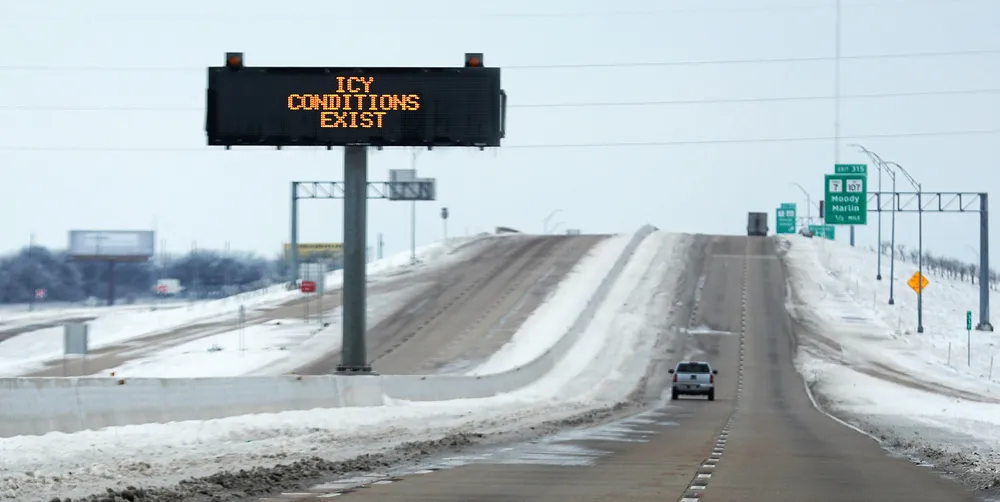Texas wind farms face billion-dollar losses from blackouts in 'illegal wealth transfer'
Project operators crunch numbers on massive payments from cold wave to fulfil obligations from hedging contracts

Project operators crunch numbers on massive payments from cold wave to fulfil obligations from hedging contracts
